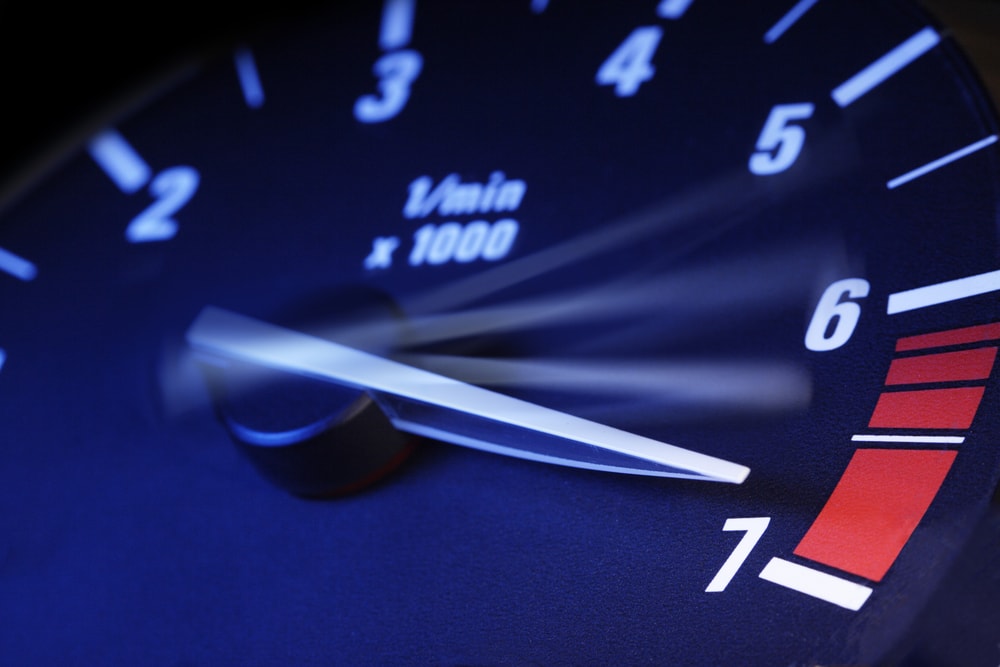
How to Fix a Stuck Tachometer: Essential Guide for Pros
Share
For automotive enthusiasts and tech professionals, keeping your vehicle's instruments functioning optimally is vital. One of these instruments, the tachometer, provides real-time feedback on the engine's RPM (Revolutions Per Minute). But what happens when your tachometer becomes stuck? In this guide, we'll outline how to fix a stuck tachometer, diving deep into troubleshooting methods and best practices to restore functionality.

Understanding the Tachometer
A tachometer is an essential tool in any motor vehicle, providing crucial insights into engine performance. It allows drivers to monitor engine speed, ensuring that they do not exceed the optimal RPM range. Given its importance, knowing how to fix a stuck tachometer is a vital skill in the toolkit of any tech professional.
Common Reasons for a Stuck Tachometer
Tachometers can become stuck for various reasons, including:
- Electrical Issues: Faulty wiring or connection problems can hinder the movement of the tachometer.
- Sensors Malfunctioning: A malfunctioning engine speed sensor can send incorrect data to the tachometer.
- Mechanical Failure: Internal components such as gears and springs may become damaged or jammed.
Troubleshooting Steps for a Stuck Tachometer
When facing a stuck tachometer, it's important to follow a structured troubleshooting process.
Step 1: Check the Electrical Connections
Begin by inspecting the electrical connections to the tachometer. Ensure that there are no loose wires or corrosion. A poor connection can cause erratic readings or complete failure to function.
Step 2: Inspect the Engine Speed Sensor
If the connections are intact, examine the engine speed sensor. Testing a diesel tachometer can provide insights into whether the sensor is transmitting accurate information.
Step 3: Assess the Mechanical Components
Finally, if electrical and sensor checks do not reveal the issue, delve deeper into the mechanical components of the tachometer. Look for any signs of wear and tear that could impair the instrument's function.
Advanced Fixes: Repairing a Stuck Tachometer
Once you've pinpointed the issue, take the necessary steps based on your findings.
Repairing Electrical Issues
Replace any damaged wiring and ensure all connections are secure. You may also want to consult relevant forums and blogs on tachometer repairs.
Replacing the Engine Speed Sensor
If you determine the engine speed sensor is to blame, consider replacing it. New sensors are often available for sale online. Performing this task yourself can save you considerable costs on labor.
Installing New Mechanical Components
In cases where mechanical components are damaged, you might need to replace parts like gears or springs within the tachometer system. This can often be done on a DIY basis with the right tools and parts.
Preventative Maintenance Tips
After addressing the issue, it's wise to engage in preventative maintenance to keep your tachometer functioning smoothly.
- Regular Inspections: Periodically check the tachometer and its connections.
- Ensure Proper Calibration: Refer to guides on how to adjust tachometer settings, ensuring accurate readings.
- Protect from Moisture: Use environmental seals to protect against moisture damage.
Frequently Asked Questions
What is a tachometer?
A tachometer measures the engine's RPM, helping drivers gauge performance.
Can a stuck tachometer cause engine damage?
Yes, if not addressed, it may lead to driving at incorrect RPM levels, which can harm the engine.
How can I test a tachometer at home?
You can test a tachometer using a multimeter or engaging in DIY methods outlined in various repair blogs.

Conclusion
By understanding how to fix a stuck tachometer, you can enhance your vehicle's performance and reliability. Whether it's electrical issues or mechanical failures, being prepared with the knowledge to troubleshoot effectively is invaluable. With regular checks and care, your tachometer can serve you well for years to come.
For additional reading, you can check this Wikipedia article which covers tachometer fundamentals. Furthermore, for insights on practical uses of digital tachometers, see digital tachometers.
